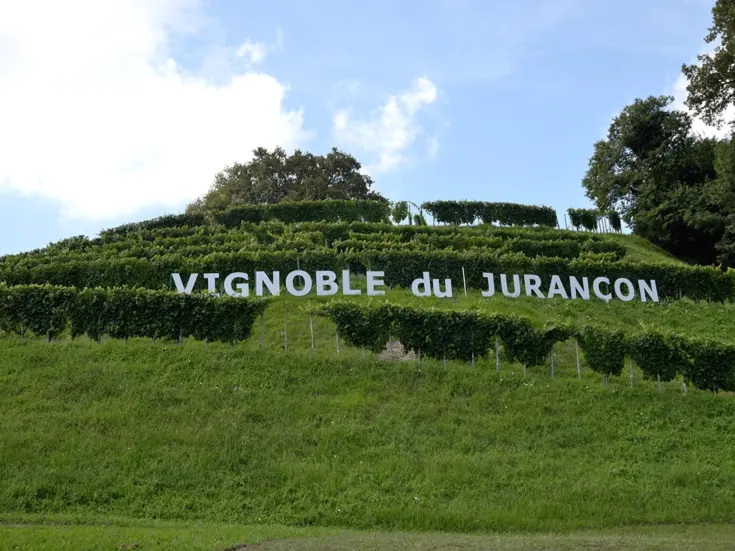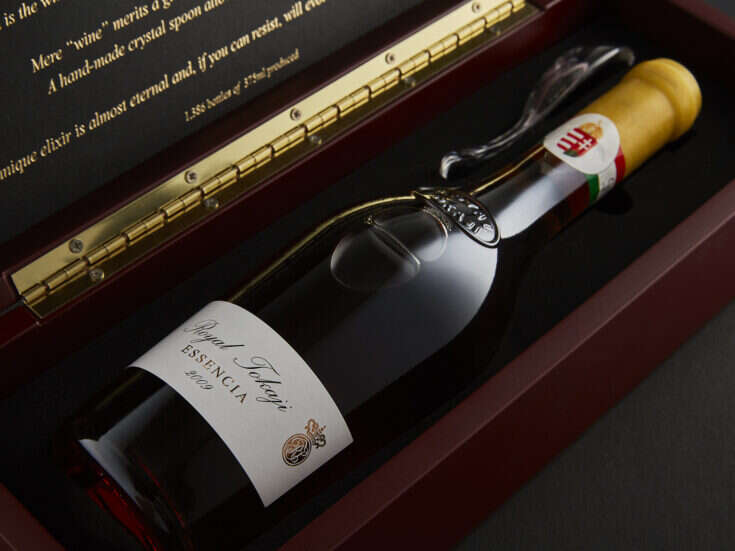
But where is “here”? Today it’s the sleeve of Italy, brushing Slovenia. In the past, it has been the land of the Carnics, the Roman Patriarchate of Aquileia, a Lombard Duchy, part of the Kingdom of the Franks, the Duchy of Bavaria, the Duchy of Carinthia, a vassal of Venice, and a morsel of the Habsburg Empire, as well as forming part of the short-lived Napoleonic Kingdom of Italy.
It’s a place where people have always come and gone, walking down narrow mountain tracks in search of the broad highways of the sea, trudging back from the sea in hope of a little land to farm, riding out of the north to spend wealth or marching back north again to search for it, trundling toward dawn or dusk with goods to trade, battles to fight, religion to reform. Whatever border you chose, Rosazzo is on it-even the butter border. You might, hereabouts, inherit a herd of cows and grow up kneading teats; or you might inherit an olive grove and remember November as the month when children must grapple with wet trees in chill winds.
This wine tastes of borders, too. It’s a red wine in a land of whites, first of all. That’s evident in its balance, which is nervy and insistent, with forceful acidity. This finely crafted Pignolo from Viarte is not at all herbaceous; a lesser example might be. One reason, perhaps, why it dwindled to a single monastery row was that it needs late harvesting, into October. Take it early, and your mouth will fill with leaves as much as fruit. All the same, its acid crunch is generally lower than its still-more-energetic neighbor Refosco dal Peduncolo Rosso (the wine world’s own red-legged partridge), or fellow Friulian survivor Schioppettino, now slightly more widely re-propagated than Pignolo. Low yields and a propensity to powdery mildew are further grower disincentives.
Not only can you taste the north in its acid profile, but you can sense the north in its fruit structure, too: There’s an attack to the bitter cherry, elderberry, and raspberry that means they shake and jig their way through the mouth, detonating saliva as they do so. Glance at the color, though, and you’ll note that Pignolo has a southern side to its personality as well.
The Viarte 2005 Pignolo Riserva is a saturated dark red-black, even at nine years old. On the palate, it is not merely concentrated but dense, tweed-like, detaining, and polyphenolically ample. This, too, distinguishes it from Refosco and Schioppettino, both of which seem lighter in spirit and intent, for all their color and vigor. They belong in Rossini; Pignolo is late Verdi. It has tannins that could shock the unwary. They’re not idle or gratuitous, though, but resonate with bass flavors. They anchor that athletic fruit, slow your drinking rate, make you look at the wine anew.
Its allusions, too, are almost disturbingly various, once you have penetrated behind the acid animism with which it enters the mouth and the sweetening oak with which the wine has been soothed. The forest is there, somehow: crushed twigs. But you can also taste distant fires, and something saline, and suddenly after that you seem to find iron and blood and battlegrounds.
Is this imagination? Not too far away in Gorizia, they still dig up machine guns and helmets when it’s time to replant a vineyard; less than 100 years ago, a million or more soldiers here had wine and girlfriends and children snatched away from them, along with everything else including time and breath, in the 12 battles of the Isonzo front. There’s no literal connection, of course, but if any of Friuli’s wines is able to resume the bitter conflicts that history has visited on this land, then it is grave Pignolo. Even if you try to unsee them, to erase them, those hard elemental flavors linger on, adding complications to its long, slow finish.
Anyway, interpret its messages as you will, this is a wine that can take scrutiny: unquestionably grand and noble. For all that, most would regard it as a little-known red from an obscure grape variety grown in a portmanteau Italian DOC that rarely figures among the country’s elite-and when it does, it does so for white wines made from better-known indigenous and imported varieties. Which are also, by the way, very good: subtle and soft-fingered, haunting and marrowy.
This is why it’s hard not to revere Italy and Italian wine: Its unrivaled power to surprise beyond reason rewards those who cling to study and resist mastery, who wish to feel and share wonder. And seriously, how can we not see more of Pignolo?







